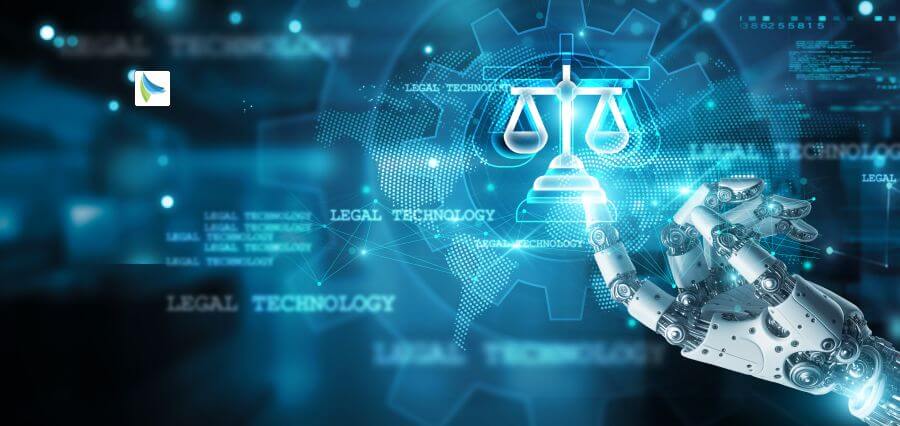During an age of constant technological change, buzzword integration of technology has become more than a cliché. Today, it is a key to success in virtually any endeavor. In boardrooms and classrooms, hospitals and manufacturing plants, whether technology is deployed in day-to-day work makes a difference in terms of effectiveness, performance, and innovation.
Technology integration is not merely the embracing of new software or upgrading of tools—it demands a planned, strategic, and people-centered effort.
What Is Technology Integration?
Technology integration in the very simplest terms is the embedding of digital systems and tools into an organization’s current structure in an effort to boost results and simplify processes. However, adoption by itself is not actually integration. It involves the application of technology in a manner that opens up—not hinders—how individuals work, collaborate, and develop solutions.
In education, it could mean employing AI-based tools for adaptive learning. In the healthcare sector, it could mean aggregating patient information in an encrypted cloud database. Technology is employed in either instance as a facilitator, not a substitute, for human intelligence.
Laying the Groundwork: Strategic Planning
Planning is probably the most important part of rolling in technology. Too many organizations are guilty of charging in with the new tools without ever stopping to determine how—or even if—they connect to their larger goals. A strategic plan starts with asking the right questions: What are we trying to solve? What processes do we need to simplify? Who’s going to be using this technology, and how will it affect them?
Consider a hospital that implements electronic patient records. It has to be interoperable with other medical systems and in line with data protection law. A retail company which desires to customize the shopping experience will need to align customer relationship management software with real-time analysis. Otherwise, no matter how much technology is advanced, it is useless.
Planning also includes a realistic estimate of resources—financial, technical, and human. Not every organization must expend on state-of-the-art AI to reap rewards. More often than not, plain, well-integrated solutions bring about the most enduring outcomes.
The Human Element in Technology Integration
Regardless of how great the technology, its ultimate success is wholly reliant on the individuals operating it. Of all the most underappreciated elements of integration, surely the most underappreciated is the way it affects the workforce. Change resistance is inevitable, particularly when new instruments break established habits or cause one to query their roles.
That’s where training and communication come in. They do not simply need to learn how to operate the new gadget, but why they must. If the team members are brought in on the process, asked, and supported well, they will be more likely to buy into change.
Furthermore, it’s essential that the technology itself is easy to use. When technology is too complicated or difficult to understand, it is more of an inconvenience than a benefit. Organizations need to think about their workers not only as end-users but also as fellow-pioneers in the integration process.
Overcoming Common Challenges
Even with such a good intention, integrations lag in technology are anything but smooth. The legacy infrastructures, for instance, constrain the integration of newer technologies. In most organizations, old infrastructure puts checks on progress so that it is expensive or technically impossible to implement more recent solutions.
Budget is also a consideration, especially for small and medium enterprises. While huge organizations can afford to spend cash on tailored solutions, smaller groups are compelled to make do with lower-cost, versatile platforms. But even moderate budgets can take far when coupled with creativity and penetrating priorities.
Security is yet another increasing concern, particularly with greater amounts of information being stored and transported electronically. Security and accessibility for collaboration and use is an art to balance.
Last but certainly not least, skill gaps plague a majority of organizations. End-users may lack the ability to utilize new systems efficiently, lowering adoption rates and compromising return on investment. Upskilling and ongoing training are not choices—they’re requirements.
Real Impact Across Industries
Examples of successful technology implementation can be found in every industry. In schools, digital whiteboards, online learning platforms, and interactive software have overhauled the conventional classroom. With these technologies, lessons are now accessed by students in innovative and interactive ways, customized according to their specific needs.
Healthcare systems are changing at breakneck speed, too. Telemedicine consultations, real-time tracking with wearable tech, and AI-aided diagnosis are routine. These technologies don’t replace doctors—they augment them so that doctors get to spend more time listening to patients and less filling out forms.
Even in industry, long accustomed to automation, the convergence of predictive analytics and smart sensors is transforming the operations of plants. Downtime is minimized, supply chains are made more reactive, and employees can move into jobs that are more fulfilling.
The Role of Visionary Leadership
Behind every integrated initiative is leadership that looks beyond today. Visionary leaders know that technology is not a place—it’s a means to do new things. They fund experimentation, invest in people, and create a culture that is adaptive to change.
It also includes responsibility. Executives and managers who advocate for technology integration from the top send a strong signal. It indicates that innovation isn’t something one does; it’s part of the DNA in the organization.
Looking Ahead
As new technologies such as machine learning, blockchain, and extended reality gain momentum, technology integration will become more complicated—and more valuable. Early adopters, smart investors, and those who stay alert to human implications will be in the best position to take charge.
Yet, it must be remembered that integration does not mean substituting human beings for machines. It means designing systems in which technology makes people do more, think greater, and deliver better.
Conclusion
Changing the landscape of technology integration is a continuous process, not a point of arrival. It calls for intentional planning, people sense, and passion for continuous learning. Done effectively, it allows organizations to transform intentionally, with depth and with foresight—prepared to solve today’s and tomorrow’s challenges.
Read More: Digital Security Leadership in the Age of AI












